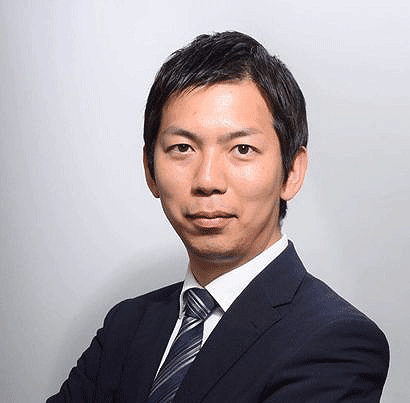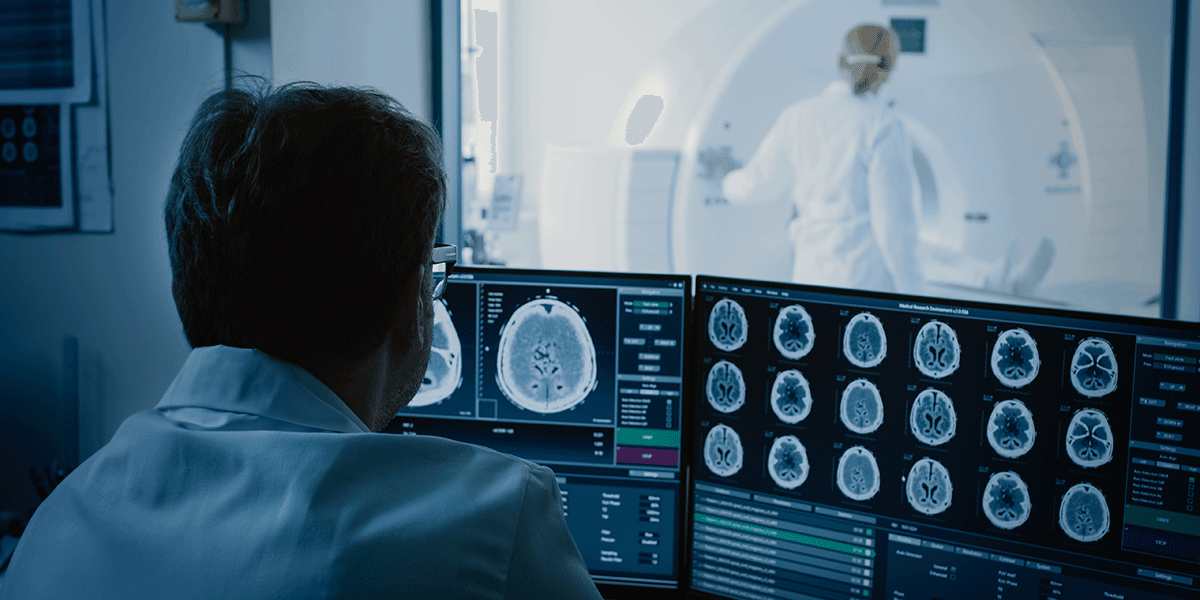The Future of Healthcare and Technology
Part 3: Diagnostic Support Using AI
In part 2, I introduced the role of wearable devices as an example of how IoT is expanding the base of medicine. This time, I will introduce efforts to use AI to bridge the disparity in information that medical professionals have (i.e. information asymmetry), as a means to further expand the base of medicine.

Author: Hiroaki Kato, M.D.
Dr. Kato develops surgical instruments and telemedicine services while maintaining a medical practice. In 2016, he joined the Ministry of Health, Labour and Welfare (MHLW), where he was involved in legislation and policy making as Assistant to the director in the Health Policy Bureau. Since leaving the MHLW, he has been practicing medicine and supporting the development of new businesses throughout the medical field, including co-founding an AI medical device development company. Dr. Kato is the author of several books, including Medical Care 4.0 (Nikkei BP).
Optimizing Medical Care Provision with AI to Solve Challenges Between Physicians
Although we tend to group “medical professionals” into one category, there are differences among clinical fields, such as internal medicine, surgery, and ophthalmology. Further, even within a field, physicians often have different specializations, such as gastroenterology or cardiovascular medicine within internal medicine, for example. In addition, doctors-in-training, specialists, and physicians who have practiced specialized care at a university for many years have completely different levels of experience. In other words, there can be considerable differences in the information possessed by medical professionals (i.e. information asymmetry).
The challenge is how to ensure that the “succession of knowledge” is taking place among these doctors. The use of AI technology is key to overcoming the challenges posed by succession of knowledge and information asymmetry. The aim is to optimize the provision of medical care with AI by collecting the treatment choices of skilled doctors and other information as objective data. By providing high-quality medical care anywhere, we can broaden the base of medicine.
Using AI to Ensure the Quality of Care and Reduce the Burden on Doctors
Within medical AI, the area of diagnostic imaging, such as for CT scans and MRIs, was put to use at an early stage. Utilizing image databases and deep learning, AI can be leveraged to automatically flag disease candidates and highlight notable points in images, helping to prevent doctors from missing important details. In recent years, development has begun to detect areas of suspected cancer in real time during endoscopic examinations. In dermatology, an American university has reported that AI diagnostic imaging was as accurate as diagnosis made by physicians. Although it is only at the research level, there are now reports that other AI-based diagnostic imaging is equal or superior to that of doctor interpretation.
History-taking is another area where AI is expected to have a significant impact. Systems are being developed to list disease candidates, the tests needed for differentiation, and prescription drugs by patients entering symptoms into a tablet or other device. It is expected that AI-based diagnostic imaging and history-taking will reduce the burden on doctors and help to ensure the quality of medical care. Safety improvements can also be expected, since these systems can also be helpful when doctors diagnose diseases outside of their specialty and used to check for potential drug interactions and complications. AI will bridge the gaps in information asymmetry and experience.
Currently, AI-equipped medical devices that directly incorporate AI are the main healthcare use of AI being considered. To to keep diagnostic accuracy at its highest accuracy level, software updates will be needed for each medical device, which could put another burden on busy doctors. The next-generation communication system, 5G, is the key to solving this problem. By allowing large amounts of data to be exchanged, there would be no need to install AI directly in medical devices. All users would have to do is send the images and other necessary information to an AI on the cloud that is maintained centrally and have the diagnostic results returned. With the AI updated in the cloud, any healthcare organization that uses the relevant medical device would always be able to maintain the highest diagnostic accuracy.
Next time, I will cover telemedicine enabled by 5G.
- Continue reading:Part 4: Expectations for 5G Focused Telemedicine

